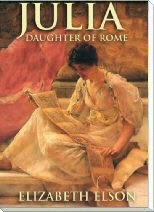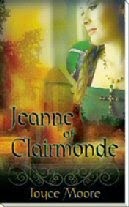One of the highlights of my recent London visit was to Westminster Abbey, the church in which many historical figures were married, crowned, and buried. The abbey is a virtual history of England, and to visit there was like walking into the past.
 |
| London Skyline from the Thames |
Your ticket allows entry to almost every part of the abbey and grounds. Some of the more memorable sights in the abbey were the St. Edward Shrine, Henry VIII’s Lady Chapel, and the coronation chair used by Edward I in the 13th century (and by every succeeding monarch during the coronation ceremony).
Thousands of notables are buried at Westminster Abbey, from kings and statesmen to men of ordinary birth who later gained fame, such as Charles Dickens, George Frederic Handel, and Charles Darwin.
The Pyx chamber is one of the earliest parts of the abbey, and one that caught the eye of this medievalist. The chamber was built around 1070 and has low vaulted ceilings and tile floors, giving at a medieval feel. It was probably used as the treasury in the 13th century, and Henry III may have used it as a sacristy. In 1303 the treasury was stolen while the king was in Scotland. The abbot and monks were suspected and sent to the Tower, but were later released when the real culprit was identified and hung. After the theft, builders installed heavy double oak doors, which guard the entrance to this day. Inside the chamber are two large 13th century chests, emptied now of their valuables. Earlier, the Pyx Chamber held wooden boxes (pyxes) which contained coins of the realm. The coins awaited the recurring public demonstration, where a few coins were melted down to prove their purity.
I could have spent another full day or two in Westminster Abbey, but there were other places I needed to see, like the library I’ll blog about in my next post.








No comments:
Post a Comment